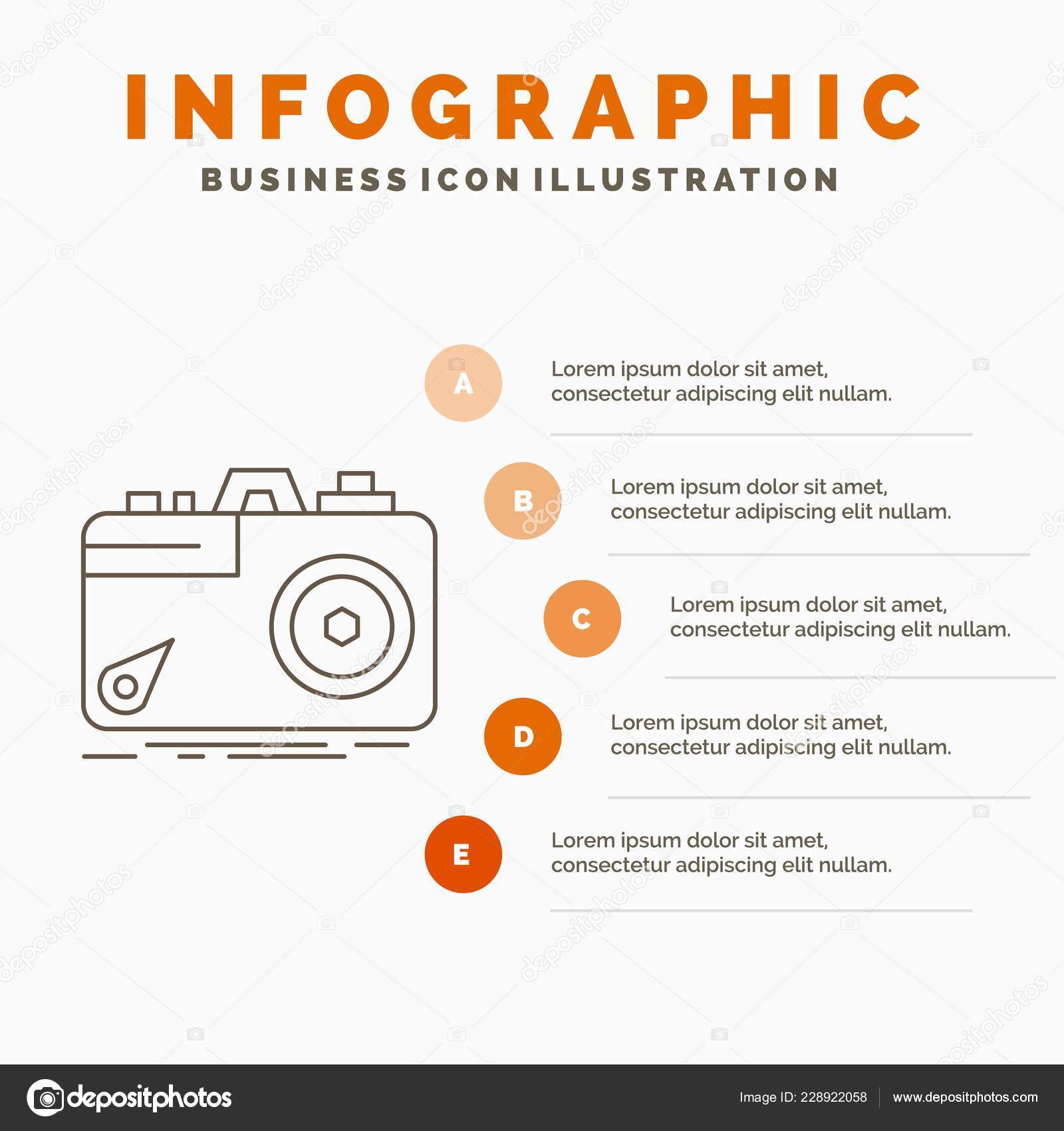Digital Photography Tips For Beginners: Grasping Your Cam In A Snap
Digital Photography Tips For Beginners: Grasping Your Cam In A Snap
Blog Article
Authored By-Ballard Odgaard
When you first get your video camera, it can really feel frustrating with all the setups and options available. You may find yourself questioning just how to navigate aperture, shutter speed, and ISO properly. Grasping these principles is important, however there's more to photography than simply technical knowledge. Recognizing structure strategies and illumination conditions can boost your pictures substantially. So, what happens if you could discover straightforward strategies to improve your abilities and begin capturing remarkable photos sooner than you think? Allow's explore how to transform your photography journey.
Recognizing Cam Settings
Comprehending your video camera setups is critical for recording sensational photos. When http://charis61lael.xtgem.com/__xt_blog/__xtblog_entry/__xtblog_entry/37566487-open-your-mind-to-a-world-of-cutting-edge-photography-ideas-that-challenge-conventions-and-motivate-creative-thinking-exposing-a-brand-new-dimension-of-your-creative-vision?__xtblog_block_id=1#xt_blog pick up your cam, acquaint yourself with the 3 main settings: aperture, shutter speed, and ISO. Each plays a crucial function in how your images turn out.
Beginning with aperture, which controls the quantity of light going into the lens. A larger aperture (lower f-number) lets in a lot more light and creates an attractive background blur, best for portraits. On the other hand, a narrower aperture (greater f-number) keeps even more of the scene in focus, ideal for landscapes.
Next, concentrate on shutter rate. This setup figures out how long your cam's sensing unit is revealed to light. A fast shutter speed freezes activity, which is fantastic for action shots, while a slow-moving shutter rate can produce sensational impacts like smooth water in landscapes.
Finally, readjust your ISO. This setting impacts your electronic camera's level of sensitivity to light. A higher ISO works in low-light scenarios yet can present sound or grain. Go for the lowest ISO feasible while still accomplishing appropriate direct exposure.
Make-up Techniques
When you're out shooting, make-up can make all the difference in exactly how your photos reverberate with customers. Beginning by utilizing the policy of thirds; visualize your structure separated into 9 equivalent areas with 2 straight and two upright lines. Executive portrait headshot along these lines or at their crossways to create balance and passion.
Next, consider leading lines. These natural lines in your scene, like roads or rivers, draw the audience's eye into the photograph, directing them with the tale you're informing.
Do not forget mounting; usage elements within your scene, like trees or windows, to develop a framework around your topic, including deepness and focus.
Additionally, watch on your history. A chaotic history can distract from your main subject, while a simple one aids it stand apart.
Lastly, experiment with symmetry and patterns; they can create a striking picture that catches focus.
Mastering Illumination Conditions
Mastering illumination problems is important for catching magnificent pictures, as the appropriate light can change an average scene into something amazing.
Begin by observing all-natural light at various times of the day. Early mornings and late afternoons offer the most effective light, referred to as the gold hour. https://zenwriting.net/pablo5arla/reveal-the-crucial-digital-photography-gear-that-will-certainly-kickstart , warm tones throughout these times can enhance your images beautifully.
Do not shy away from cloudy days either; diffused light can lessen harsh shadows and produce a pleasing impact, specifically for portraits.
Trying out backlighting by placing your topic against the source of light. This method can develop a dreamy halo result and add deepness to your images.
Take note of your camera settings too. Adjust https://fstoppers.com/education/how-start-using-aperture-priority-and-how-it-will-change-your-photography-348956 , aperture, and shutter speed to match the lighting problems. A higher ISO can help in low light, but beware of grain.
Utilize a tripod in darker settings to stay clear of blur.
Finally, do not fail to remember artificial lighting. Flash and constant lights can be excellent tools for managing light in challenging conditions.
Conclusion
Finally, grasping your camera does not need to be overwhelming. By recognizing your settings, using structure techniques, and using the power of natural light, you'll rapidly raise your digital photography skills. Keep in mind, exercise makes best, so go out there and try out your newfound knowledge. With time and devotion, you'll be capturing stunning pictures that reflect your distinct viewpoint. Delight in the trip, and do not neglect to have a good time while you go to it!
